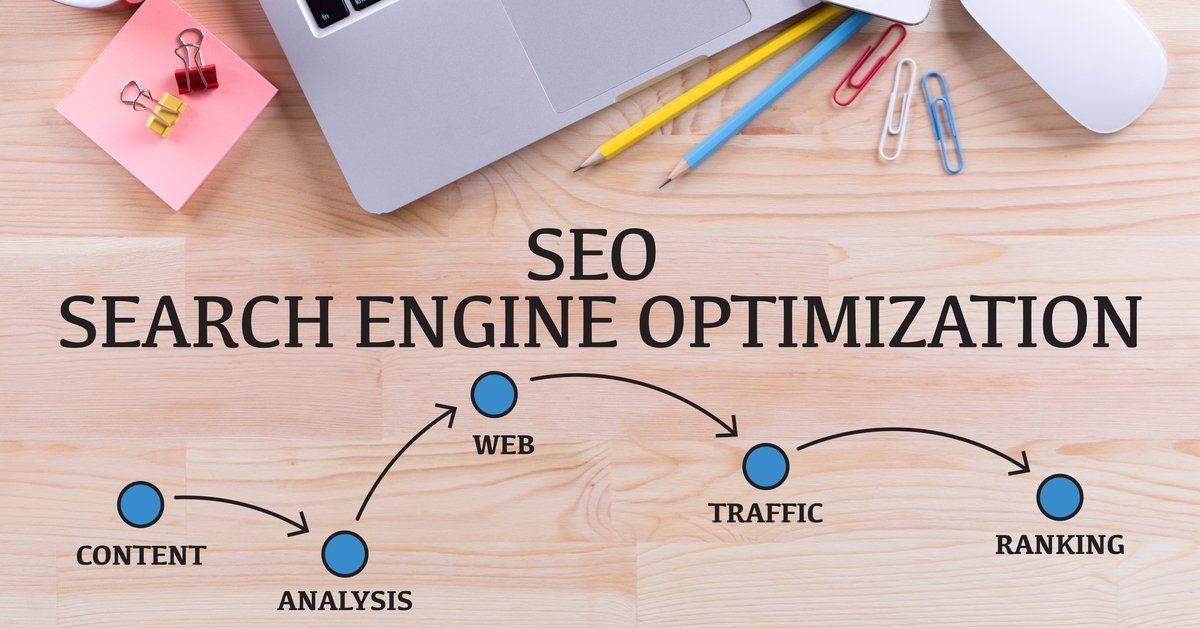How to Use SEO to Increase Traffic to Your Business Website

In the vast digital landscape, your business website is like a single storefront in a bustling market. How do you ensure that customers find you among the countless competitors? The answer lies in Search Engine Optimization (SEO). Imagine SEO as the neon sign that makes your storefront stand out, drawing in a steady stream of organic traffic. Let's dive into the world of SEO and explore how you can leverage its power to increase your search visibility and drive more traffic to your business website.
Understanding SEO: The Basics
SEO is not just about keywords; it's about understanding your audience and providing them with the information they seek. Think of it as a matchmaking service between your website and potential customers. The better the match, the higher your website will rank in search engine results pages (SERPs).
What is SEO and Why is it Important?
SEO is a set of techniques used to optimize your website for search engines like Google. It's important because it increases your search visibility, making it easier for potential customers to find you. According to BrightEdge, organic search drives 53% of all website traffic. Can you afford to miss out on that?
The SEO Journey: Keyword Research
Every SEO journey begins with keyword research. This is where you identify the words and phrases your target audience uses when searching for products or services like yours. These are your LSI keywords, and they are the foundation of your SEO strategy.
Finding the Right Keywords
Start by brainstorming a list of topics relevant to your business. Then, use tools like Google Keyword Planner or SEMrush to find related keywords and their search volumes. Remember, the goal is not just to find high-volume keywords but to find the right keywords that match your audience's intent.
On-Page Optimization: Making Your Website SEO-Friendly
Once you have your keywords, it's time to optimize your website. On-page optimization involves tweaking various elements on your website to make it more attractive to search engines.
Optimizing Your Content
Start by incorporating your keywords naturally into your content. This includes your headings (H1, H2, H3 tags), meta descriptions, and body text. But beware of keyword stuffing—search engines frown upon it, and it makes your content read poorly.

Technical SEO: The Nuts and Bolts
Technical SEO involves optimizing the infrastructure of your website. This includes ensuring your website is mobile-friendly, has fast loading speeds, and is easy to navigate. Think of it as the plumbing and wiring that keeps your storefront running smoothly.
Off-Page Optimization: Building Authority
Off-page optimization is about building your website's authority through high-quality backlinks. These are like votes of confidence from other websites, signaling to search engines that your content is valuable.
The Art of Link Building
Link building involves earning or creating links from other websites to yours. This can be done through guest blogging, partnerships, or simply creating exceptional content that others want to share. Remember, quality trumps quantity when it comes to backlinks.
Tracking Your Progress: SEO Metrics
SEO is an ongoing process, and tracking your progress is crucial. This involves monitoring key metrics like organic traffic, bounce rate, and conversion rate.
Tools of the Trade
Tools like Google Analytics and Google Search Console are invaluable for tracking your SEO performance. They provide insights into how your website is performing and where there's room for improvement.

Conclusion: Your SEO Roadmap
Increasing traffic to your business website through SEO is a journey, not a destination. It involves understanding your audience, optimizing your website, building authority, and tracking your progress. But the rewards are well worth the effort. By increasing your search visibility, you'll drive more organic traffic to your website and ultimately grow your business.
So, are you ready to make your storefront stand out in the digital marketplace? The world of SEO awaits, and the journey starts here.
FAQs
What is the difference between on-page and off-page SEO? On-page SEO involves optimizing elements on your website, such as content and technical infrastructure. Off-page SEO involves building authority through high-quality backlinks from other websites.
How long does it take to see results from SEO? SEO is a long-term strategy, and results can take time. While you may see some improvements within a few months, significant results can take six months to a year or more.
Can I do SEO myself, or should I hire a professional? While there are many SEO techniques you can implement yourself, hiring a professional can be beneficial, especially for more complex tasks like technical SEO and link building.
What is black hat SEO, and why should I avoid it? Black hat SEO refers to practices that go against search engine guidelines to artificially boost rankings. These can result in penalties and should be avoided.
How do I stay updated with the latest SEO trends? SEO is constantly evolving, so it's important to stay updated through industry blogs, webinars, and online courses. Websites like Search Engine Land and Moz are great resources.
Belum ada Komentar untuk "How to Use SEO to Increase Traffic to Your Business Website"
Posting Komentar